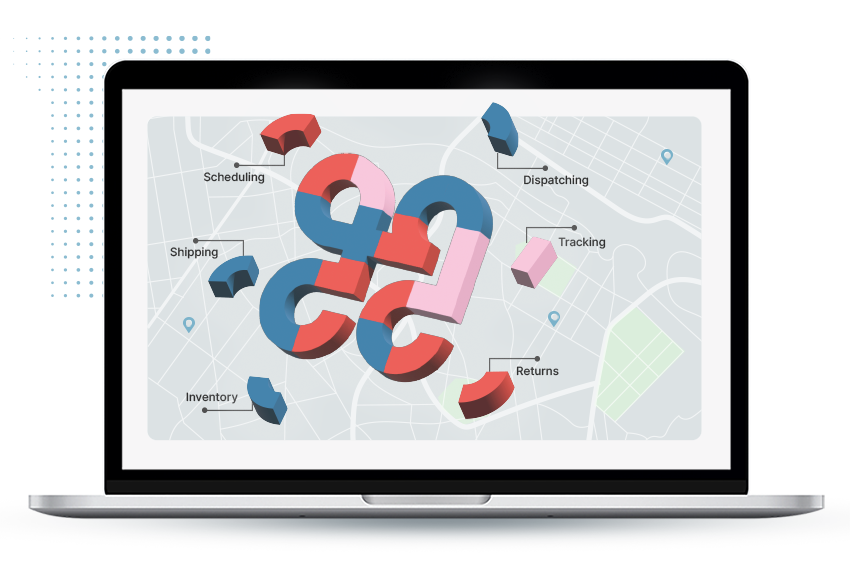Optimizing Competitive Returns: Strategies for Success
In today’s fast-paced business environment, competitive returns are essential for any organization’s long-term success. With the advent of new technologies and shifting consumer expectations, businesses must continually find ways to enhance their return strategies. The process of optimizing returns not only aids in maintaining profitability but also boosts customer satisfaction and loyalty. This article delves into the intricacies of optimizing competitive returns, offering insights, strategies, and examples to help you navigate this essential aspect of your business.
Readers will find that this article covers various aspects of competitive return optimization, including market analysis, pricing strategies, customer feedback integration, and technology utilization. You will gain actionable insights to enhance your return policies and ultimately improve your firm’s overall performance.

Understanding the Importance of Competitive Returns
Competitive returns are not merely about the financial gains from investments; they embody the overall value delivered to stakeholders. A successful optimization strategy considers various dimensions:
- The impact on customer retention
- The alignment of return policies with market trends
- The effectiveness of communication methods used with customers
According to recent statistics, companies that prioritize return optimization see a 15% increase in customer retention rates. This emphasizes the need for organizations to invest time and resources into enhancing their return processes.
The Role of Market Analysis
The first step in optimizing competitive returns is conducting a thorough market analysis. Understanding your competitors’ return strategies can provide invaluable insights. Here are some key points to consider:
- Study your competitors: Analyze their return policies, timeframes, and conditions to identify areas where you can outperform them.
- Identify market trends: Staying updated on consumer trends can help you adjust your return strategies effectively.
- Leverage customer data: Utilize existing customer data to recognize patterns and preferences that can inform your policies.
Example of Market Analysis
For instance, if a competitor allows returns within a 30-day window, but customers struggle with the processing speed, you can differentiate yourself by offering a faster, hassle-free return process. This simple adjustment can significantly enhance customer satisfaction and loyalty.
Developing an Effective Pricing Strategy
Pricing strategy plays a crucial role in optimizing returns. A well-thought-out approach can directly impact your competitive advantage. Here are considerations for refining your pricing model:
Implementing Dynamic Pricing
Dynamic pricing involves adjusting your prices based on market demands, competitor pricing, and customer behavior. It allows businesses to maximize profits while remaining attractive to consumers. Studies show that companies using dynamic pricing report up to a 25% increase in revenue.
Providing Clear Return Information
Understanding pricing is vital for customers when considering their purchases. Make sure to:
- Clearly state your return policy
- Offer transparent pricing without hidden fees
- Provide a price-match guarantee if it aligns with your business model
Linking to Related Resources
For additional insights into pricing strategies, consider checking these articles: Exploring Pricing Strategies and Aligning Pricing with Market Demands.
Integrating Customer Feedback
Customer feedback is crucial for refining return policies. It helps businesses identify pain points and areas needing improvement. Consider the following approaches:
Utilizing Surveys and Feedback Forms
Implement post-purchase surveys to gather insights on customer experiences with your return process. This can provide valuable information on any obstacles they may face when returning products.
Monitoring Online Reviews
Pay special attention to online customer reviews on platforms like Google, Yelp, and social media. Analyzing this feedback can reveal consistent areas for improvement in your return strategies.
Best Practices for Implementing Feedback
- Regularly review and adjust your return policies based on collected data.
- Engage with customers, showing them their input matters.
- Test new return options based on customer preferences to see what works best.
Leveraging Technology for Optimization
Embracing technology can greatly enhance your return optimization process. Here are some tech-led strategies to implement:
Automated Systems for Returns Management
Investing in automated returns management systems can streamline the process. Automation can help in:
- Processing returns faster
- Reducing human error
- Gathering real-time data about return trends
Data Analytics for Improvement
Utilizing data analytics tools can provide insights into return patterns and customer behavior. Analyzing this data will enable you to identify:
- Common reasons for returns
- Products with high return rates
- Overall customer sentiment towards returns
Practical Example
For instance, if data shows that a specific product is frequently returned due to sizing issues, consider revising your sizing guides or product descriptions to minimize returns related to this issue.
Conclusion
Optimizing competitive returns is a multifaceted process requiring a blend of market analysis, strategic pricing, customer feedback integration, and technological leverage. By implementing the strategies discussed, organizations can not only enhance their return processes but also boost customer satisfaction and loyalty. As competition continues to intensify, those businesses that prioritize return optimization will gain a significant edge in the marketplace.
In summary, the key takeaways from this article include:
- Conduct thorough market analysis to stay ahead of competitors.
- Develop a pricing strategy that emphasizes transparency.
- Integrate customer feedback to continually improve return processes.
- Utilize technology for streamlined returns management.
By focusing on these aspects, businesses can ensure they are not just meeting customer expectations but exceeding them—ultimately paving the way for success.
